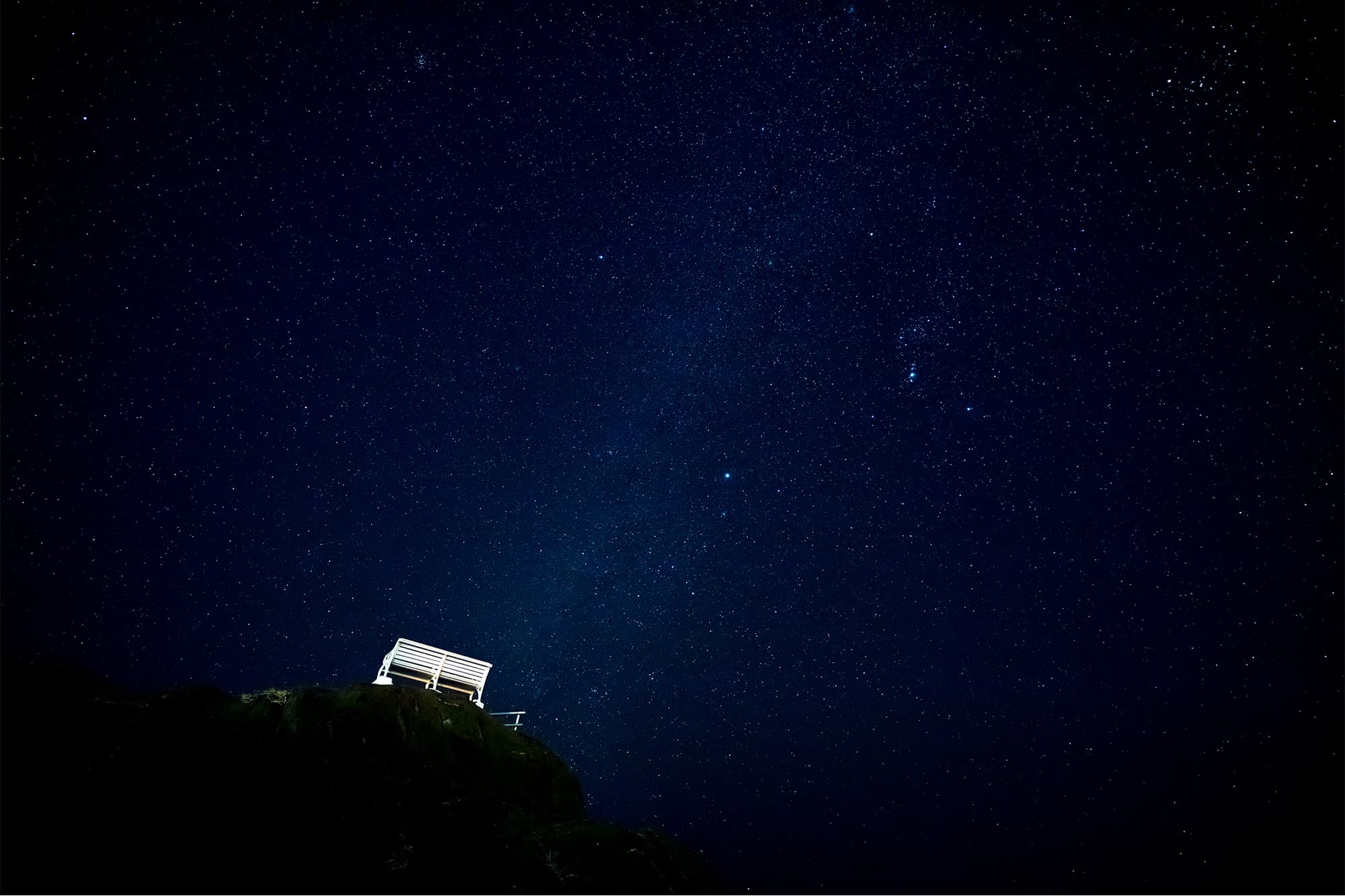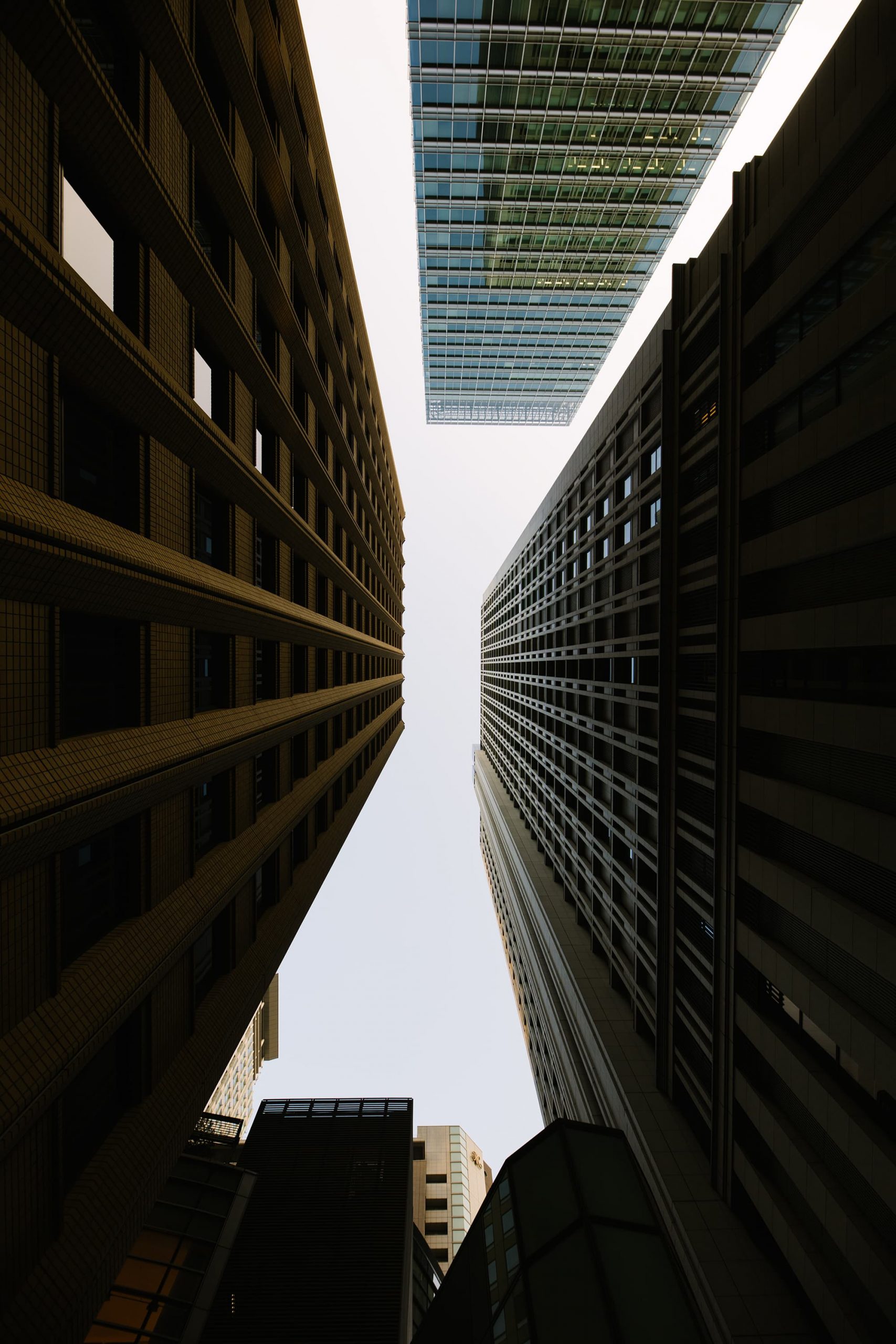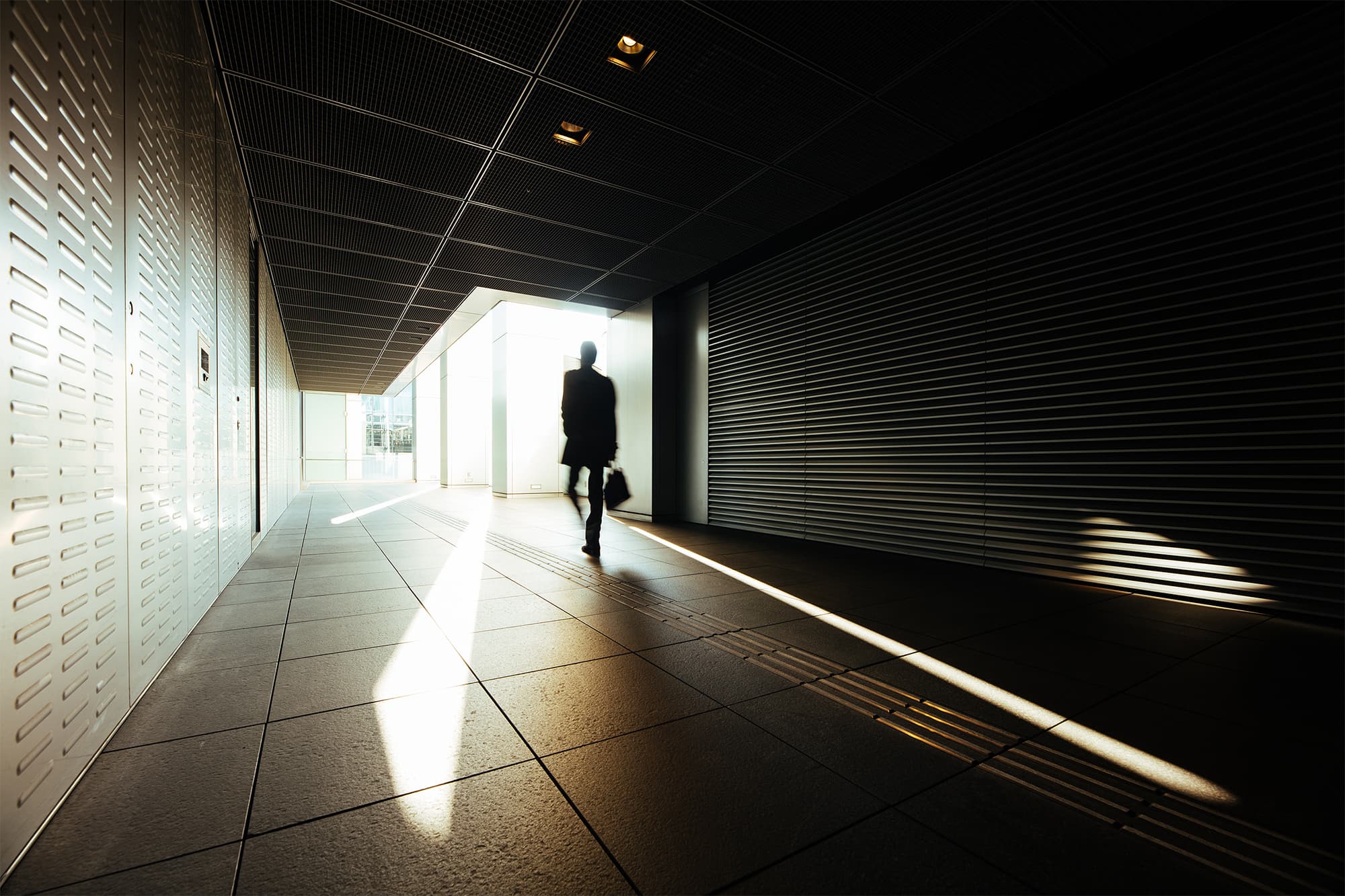

14-24mm F2.8 DG HSM | Art Impression
SIGMA has a long history of making ultra-wide-angle zoom lenses starting at 12mm. When the first generation was released, most wide-angle zoom lenses from other manufacturers were around 17mm at the widest end. I was so shocked that I had to buy it. With the 12mm, everything looks different and this symbolizes SIGMA’s spirit: showing a whole new world. As we know, the newest one starting at 12mm is F4 constant in the Art line: the SIGMA 12-24mm F4 DG HSM | Art.
And, their ultra-wide-angle zoom lens family is now joined by the SIGMA 14-24mm F2.8 DG HSM | Art. It is made to display no distortion just like the 12-24mm F4 DG HSM | Art, but is also designed to control sagittal coma flare. While the 12-24mm F4 is made to be the widest, the 14-24mm F2.8 is for more specific purposes. The rational of SIGMA is the choice they offer to meet the variety of needs. Though they do make cameras and sensors, they are trueborn lens manufacturer offering an extensive lineup of interchangeable lenses. And, no one would deny the joy of using interchangeable-lens cameras – switching lenses. SIGMA’s great variety of lenses has always been a rich source of such enjoyment.
When I receive a sample lens, I also receive a recommended list of subjects to photograph. For this assignment, they asked me to shoot 1) landscapes and architectures with a horizontal line and 2) starry sky. I wondered if the stars would appear as pin-points with a large-diameter F2.8 zoom lens even though the zoom magnification is lower than 2X, but thought they must be confident. Anyway, I decided to shoot coastal landscapes, starry sky, and streets.
Staggering and realistic rendition
This is the moment of the first sunrise of the year 2018. The image looks extremely sharp at wide open. The bird next to the sun looks very sharp and I don’t see distracting fringes around it even though it flies right next to the brightest subject. Considering the camera’s large 50 megapixel resolution, the rendition is splendid. It does more than capturing everything that 14mm can include – the 3D quality is amazing as well. I think it can be explained by two elements: 1) the resolution high enough to make the most of the high megapixels and 2) the thin depth of field realized by F2.8. While it’s true that the volume of bokeh is marginal with the focal length as well as the focal point, the lens works perfectly with the camera to separate the focal peak from the bokeh.The horizontal line of the Pacific Ocean is endlessly straight. The vignetting, which is amazingly low to be honest, is inevitable in this situation and can always be taken care of by stopping it down.
Freedom in shooting starry sky
14mm is ideal for shooting the Milky Way. I have little experience in shooting starry sky and I was very careful in framing the sky with 14mm because unnecessary things could get in the frame. Yet, I preferred including something else in the foreground to having just the sky. I found the zooming capability very helpful because it gave me more freedom in composition. In order to stop the stars in the dark situation, I had to shoot at wide open using the shutter speed faster than 10 seconds at ISO 1600. The image at the original size put a smile on my face. Each star looks sharp and crisp. Corners don’t look unnaturally blurry. Plus, sagittal coma flare is extremely well-controlled. As a result, the stars look how they are supposed to look: pin-point shaped. Before shooting with this lens, I wasn’t interested in shooting stars and didn’t expect good results. Now, this outcome has opened my eyes to the new field. Though experts would pick the faster 14mm F1.8 DG HSM | Art, I as an amateur would choose this lens because I welcome the zooming capability.
Benefits of having uncurved straight lines
People say that distortion can be corrected by image processing. While it’s certainly easy to do so with software, it’s always the best to have uncurved straight lines from the beginning. No matter how precisely the photographer composes, image processing can ruin his/her effort. In architecture photography using an ultra-wide angle lens, for example, even a slight change in composition makes a big difference. For those who adjust composition in millimeters, correcting distortion of every single image would be a nightmare. My shots of architectures on the streets look pleasing as SIGMA’s representative promised.
It’s amazing that the lines look just as straight as the subject actually looks and they are so sharp as well. I love it. Though the contrast is high, the tonal reproduction is smooth. This makes me want to try shooting clouds in the night using a slower shutter speed.
However, the straightness of lines also reveals my failure in composition: it is slightly rotated to the right… A high-quality product, regardless of the genre, forces us to be more earnest. I fully welcome it as such products are always exciting and inspiring.
With zero distortion, I want to look straight to the subject. Though it’s very hard to do so on the streets, it clearly displays my tendency in shooting. I focused on the gentleman. The leather texture looks surprisingly realistic. The 3D pop is wonderful, too. The tonal reproduction is smooth, yet the clarity is high. And, they’re common features of the latest SIGMA lenses. F2.8 minimized the increase of sensitivity even in the dark situation just before the sunset and the image still looks sharp. The advantage is enormous.
This lens allows us to enjoy dynamic rendition of wide 14mm. It is a hefty lens, but you get the stunning image quality in return. Though I sometimes wonder if SIGMA has stopped taking the size of lens into consideration recently, I also assume there’s something they don’t want to compromise.
Ultra-wide-angle zoom in "SIGMA's standard in 2018"
It must be very difficult to design a lens like this one, but I’m thrilled by the unparalleled rendition. Ever since SIGMA had announced the three product lines, their releasing speed has been electric and every one of them, particularly the Art series, is highly rated. Because of the assumed design complexity (must be far more complex than designing fixed-focal lenses), comparing this 14-24mm F2.8 with fixed-focal lenses is just unfair. Still, people expect more and so the manufacturer does. This lens made me forget about the distinction between fixed-focal and zoom. By making the best use of increasing number of pixels, it realizes the very best image quality required by professionals. This is the lens that demonstrates SIGMA’s latest definition of rendition as of 2018. To find out whether I’m flattering or not, do try it.







